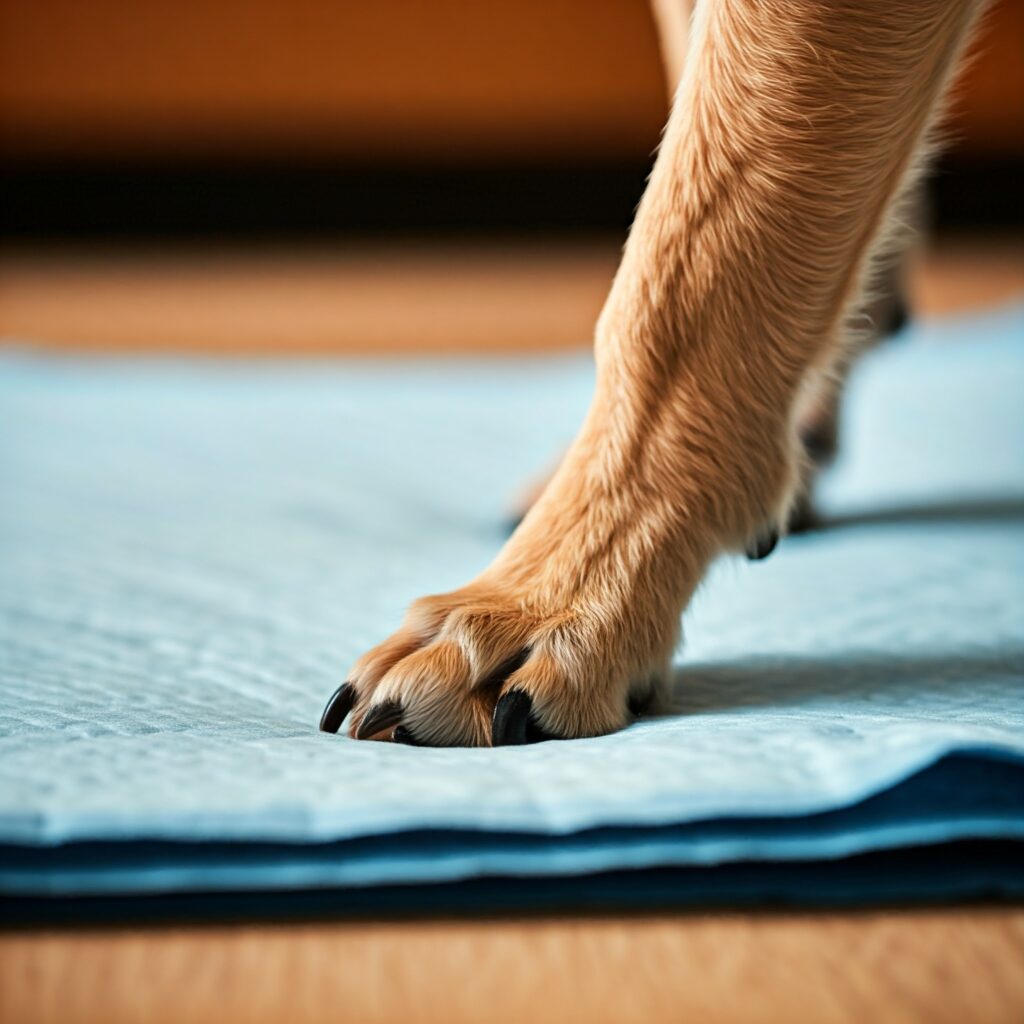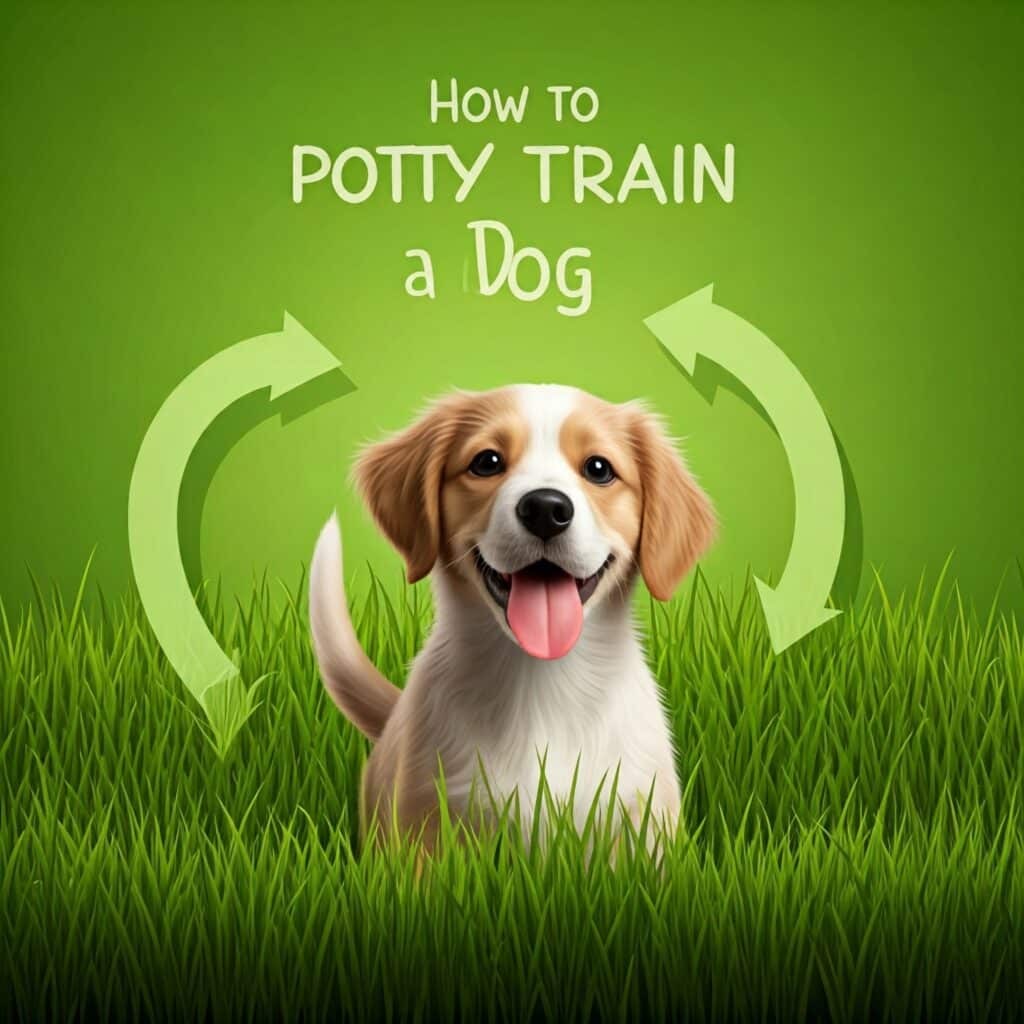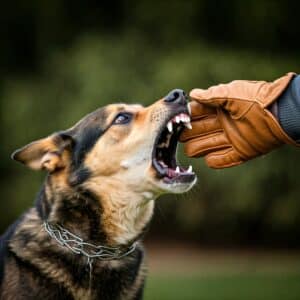Potty training a dog is one of the most essential skills for both pet owners and their furry companions. Whether you’ve just brought home a puppy or are trying to teach an older dog, a consistent approach will lead to success. In this article, we will cover effective techniques, tips, and common pitfalls to help you navigate the potty training process.
Understanding Your Dog’s Needs
Before diving into the methods of potty training, it’s important to understand that dogs have natural instincts when it comes to relieving themselves. Puppies, especially, have small bladders and need to go outside more frequently. Here are some factors to consider:
- Age: Puppies can generally hold their bladder for about one hour for each month of age. For example, a three-month-old puppy can hold it for roughly three hours.
- Breed: Some breeds are more predisposed to accidents indoors, while others may be easier to train.
- Health: Ensure your dog is healthy; any sudden changes in bathroom habits could signal a medical issue.
Establishing a Routine
One of the most effective ways to potty train your dog is to establish a consistent routine. This helps your dog learn when and where it’s appropriate to relieve themselves.

Step 1: Set a Schedule
- Feeding Times: Feed your dog at the same times each day. This regularity will help regulate their bathroom needs.
- Bathroom Breaks: Take your dog outside first thing in the morning, after meals, and before bedtime. Additionally, take them out every hour during the day.
- Post-Playtime: After play sessions or naps, make it a point to take your dog outside.
Step 2: Choose a Bathroom Spot
Select a specific area outside for your dog to use as their bathroom. This will help them associate that spot with relieving themselves. Always take your dog to the same spot so they can recognize the scent.
Positive Reinforcement
Positive reinforcement is crucial in the potty training process. This method encourages your dog to repeat desired behaviors through rewards.
Step 1: Use Treats and Praise
When your dog goes potty outside, immediately reward them with praise, treats, or playtime. This helps them associate going outside with positive experiences.
- Timing: Be sure to reward them within seconds of them finishing. Delaying the reward may confuse them.
- Consistency: Use the same words or phrases (like “good potty!”) so your dog learns the language of praise.
Step 2: Keep a Potty Training Journal
Keep track of your dog’s bathroom habits in a journal. Note when they go, what they ate, and any accidents. This can help you identify patterns and make adjustments to your routine if necessary.
Handling Accidents
Accidents are bound to happen, especially in the early stages of potty training. How you handle these situations can greatly affect your dog’s learning process.
Step 1: Stay Calm
If you catch your dog in the act, calmly take them outside to their designated spot. Do not scold or punish them; this can create fear and anxiety around potty training.
Step 2: Clean Thoroughly
Accidents inside the house should be cleaned with an enzymatic cleaner to eliminate odors. Dogs have a keen sense of smell and may return to spots that still smell like urine.
Step 3: Identify Triggers
If accidents are frequent, consider what might be causing them. Stress, changes in routine, or even new environments can affect a dog’s bathroom habits.
Crate Training
Crate training can be an effective tool in the potty training process. Dogs instinctively avoid soiling their sleeping areas, making crates a safe space for training.
Step 1: Choosing the Right Crate
Select a crate that is large enough for your dog to stand up, turn around, and lie down comfortably. However, if it’s too big, they might use one corner as a bathroom.
Step 2: Introduce the Crate Gradually
Make the crate a positive space by placing treats, toys, and comfortable bedding inside. Encourage your dog to enter on their own and reward them for doing so.
Step 3: Use the Crate When You Can’t Supervise
While you’re away or unable to supervise your dog, use the crate to prevent accidents. Take them outside immediately after letting them out of the crate.
Advanced Techniques
If you find that your dog is still struggling with potty training, consider the following advanced techniques:
Step 1: Bell Training
Teach your dog to signal when they need to go outside. Hang a bell near the door and encourage them to ring it with their nose or paw. Reward them for using the bell and going outside.
Step 2: Use Training Pads
For those who live in apartments or cannot take their dog out frequently, consider using training pads. Place them in a designated area, and gradually move them closer to the door until your dog associates going outside with the pads.
Patience and Persistence
Potty training takes time and patience. Every dog learns at their own pace, and consistency is key. Avoid getting frustrated or overwhelmed. Celebrate small victories, and remember that setbacks are a natural part of the training process.
Conclusion
Potty training your dog is an important part of building a harmonious relationship with your pet. By establishing a routine, using positive reinforcement, and being patient, you’ll help your dog learn the appropriate behaviors. Whether you’re training a puppy or an adult dog, consistency and understanding will lead to a well-trained companion. With time and effort, you’ll both reap the rewards of a clean and happy home. Happy training!




